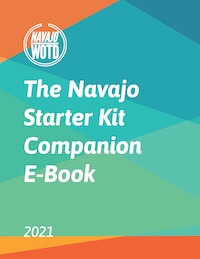Ahééhíshííh
California
ah hyeh hih shee
Ahééhíshííh (or ahééhíshį́į́h) is a Navajo name for California.
It is also known to be Phoenix, AZ.
The root in this word is shį́į́, which conveys the idea of the summer season. The complete word equates roughly to “summer all-year-long”.
To declare a city in California, you could say “Mountain Viewgi Ahééhíshį́įhdi”. Similarly, declaring a place in Phoenix follows the same convention, “ASUgi Ahééhíshį́į́hdi”. Using -gi and -di requires that you go from specific to more general.
